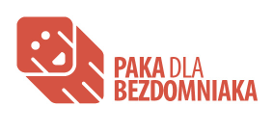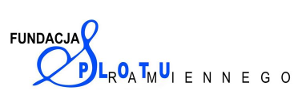Yesterday was the second anniversary of our monthly donations to open source projects and charity organizations. We started the initiative on May 15th, 2012, and have continued it uninterruptedly since then.
Over the two years, we have supported many open source projects, mostly related to what we do – software that we use in everyday work or for specific projects. This is our way of expressing gratitude to the software creators for all the effort that they put in.
The world doesn’t revolve around open source software, though, and with that in mind we also made donations to many charity organizations and others in need. In some cases, this lead to even more opportunities for us to be helpful, like with the “little brothers of the Poor” Association, for whom we developed a web application to send seasonal greeting e-cards, promoting their activities.
Today, in celebration of the anniversary, we’re sending donations to two recipients of special significance – one is an open source project that is indispensable for our team, the other one is a charity organization that was the first that we ever donated to, back in May 2012.
That open source software is the web project management system Redmine, which we already supported in 2012, and which got some well deserved praise on our blog in the past. Nothing’s changed in this regard, we continue to be devoted users of Redmine and we can’t imagine working without it.
The aforementioned charity organization is “Przystan Ocalenie”, an animal rescue centre that helps and provides shelter for animals that suffered from human cruelty.
And so we begin the third year of the initiative – see you around for the next round!










